
Подпись гласит: - Дезертировавшие из вермахта поляки во Франции, 1945 год. (насколько это так, не знаю).


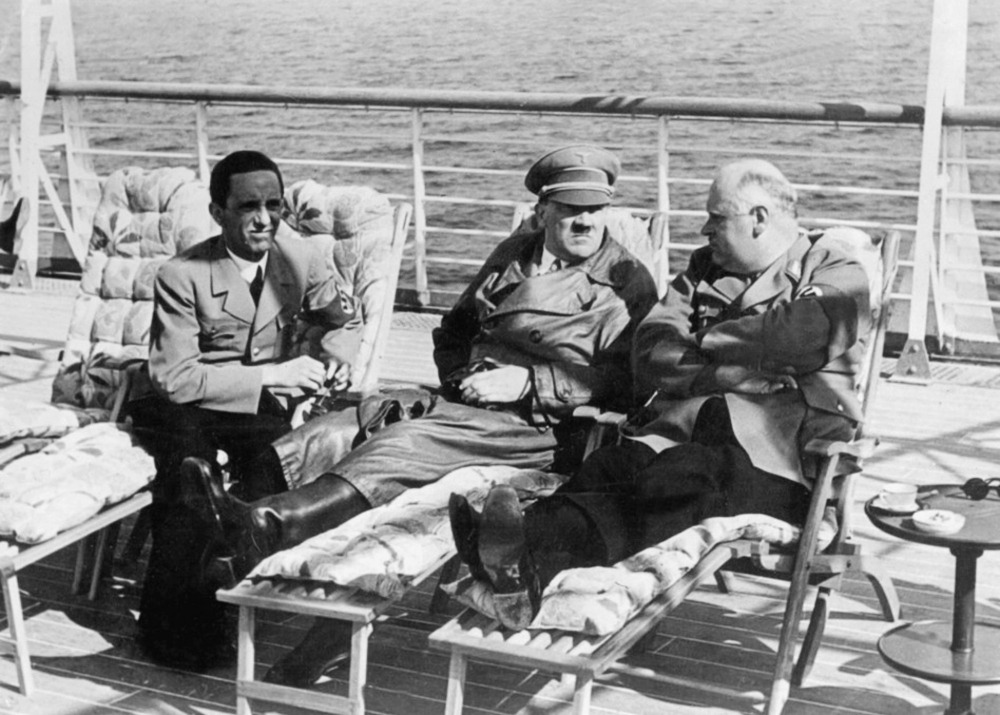
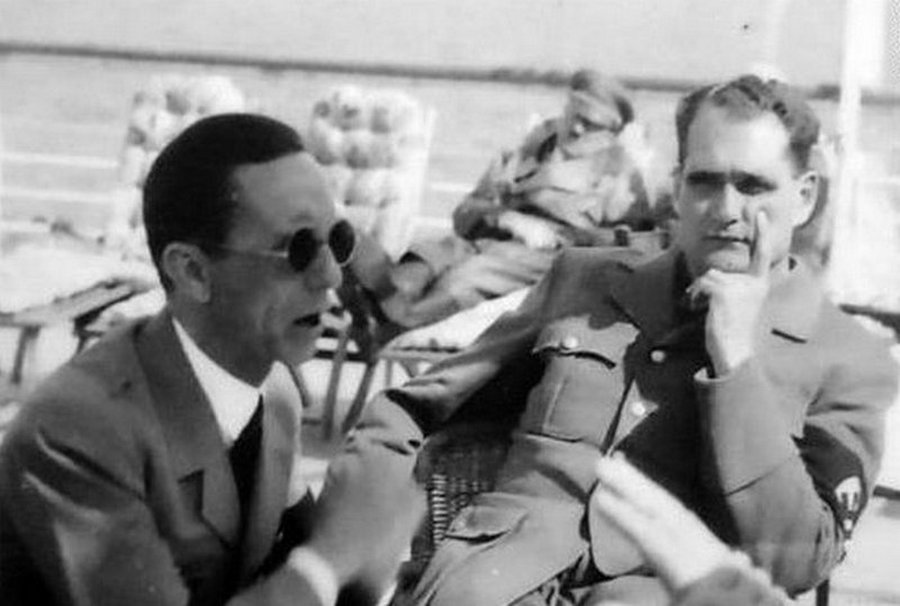
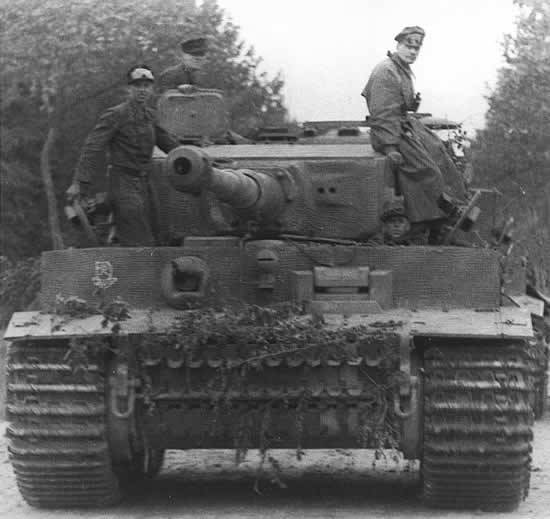
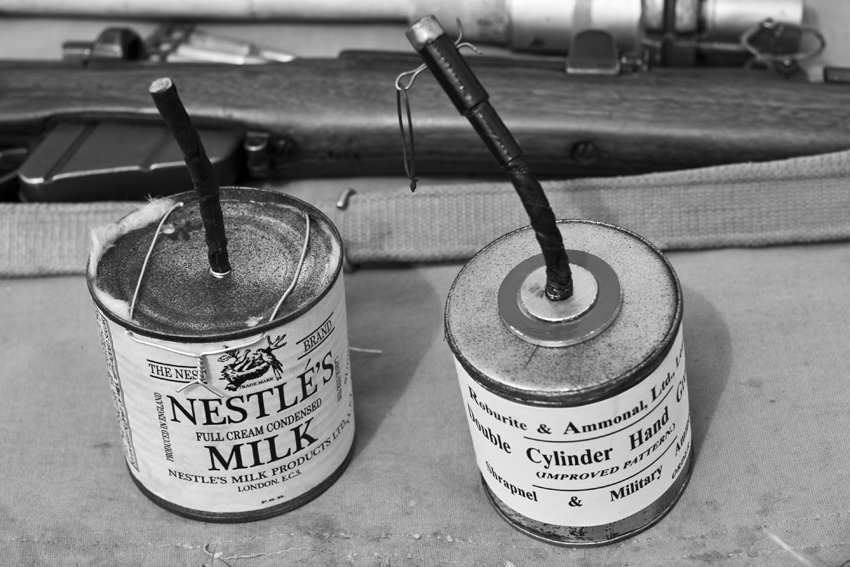
Early Grenades, Jam Tin Bombs and Improvised Explosives
Pictured - Jam or Bully Beef Tin bombs were one of many make-shift weapons improvised by Allied soldiers in 1915, before proper grenades began to be mass produced.
Hand grenades, or bombs, have existed since medieval times, and even entire regiments of European armies had been equipped with them in the 17th and 18th centuries. However, as time passed, grenades came to be regarded as solely a weapon for siege warfare, and even the special grenadier regiments stopped employing them, becoming just another type of regular infantry. Therefore, when the First World War began, no army had an adequate supply. However,soldiers quickly realized the suitability of grenades and bombs for trench warfare. The warring powers had enough difficulty producing enough shells for the guns, let alone grenades, so men on both sides began to improvise their own.
The only soldiers with access to grenades in the British Army in 1914 were the Royal Engineers, who used the long-handled, expensive, impact-detonation “Grenade, Hand, Mark I’. Sir John French requested 4,000 per week, but each week he only received a measly 70. The French were little better off with archaic ball grenades, and even the Germans, who had prepared somewhat more adequately, still only had a few hundred thousand disk grenades.
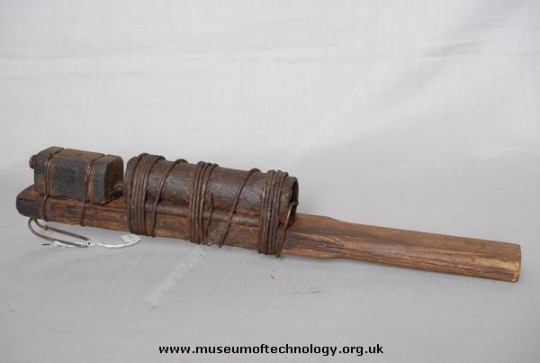
A French ‘racket bomb’.
These make-shift weapons took on a wide array of forms, limited only by the ingenuity of their fabricators. A particular favorite of the British was the “jam-tin bomb”, a tin filled with dynamite or gun cotton packed around scrap metal or stones to act as shrapnel. A fuze ran out the top, connected to the detonator. The official publication Notes from the Front explained the critical importance of the length of the fuze. A grenadier had to calculate the time to detonation correctly in his head. Wait too long, or cut the fuze too short, and he would blow himself up. If he didn’t wait long enough, or cut the fuze too short, he gave a brave enemy an opportunity to pick up the bomb and hurl it right back. The fuze had to be lit by hand, and for this reason troops usually opted to keep a lit cigarette in their mouths, or work in pairs with a smoker.





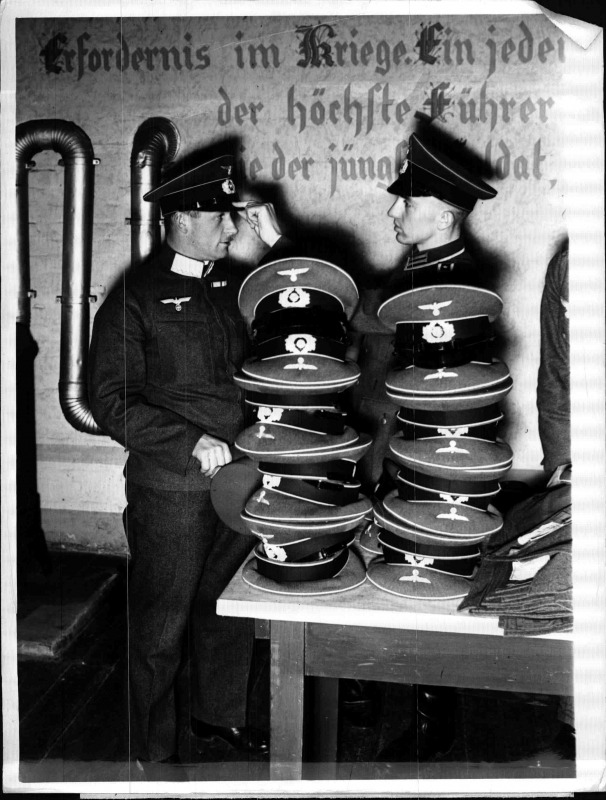


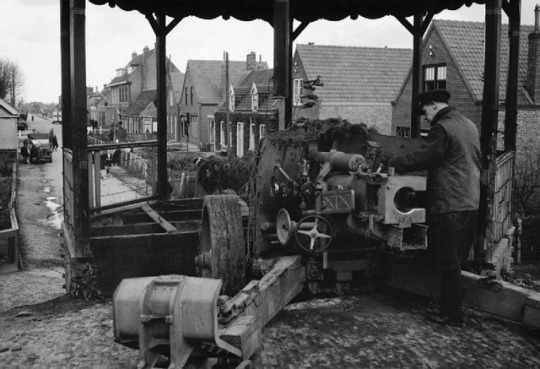
A German 75mm anti-tank gun emplaced in a bandstand at Nieuland, near Middelburg in Holland, November 1944. The location was selected to cover a crossroads in the town.

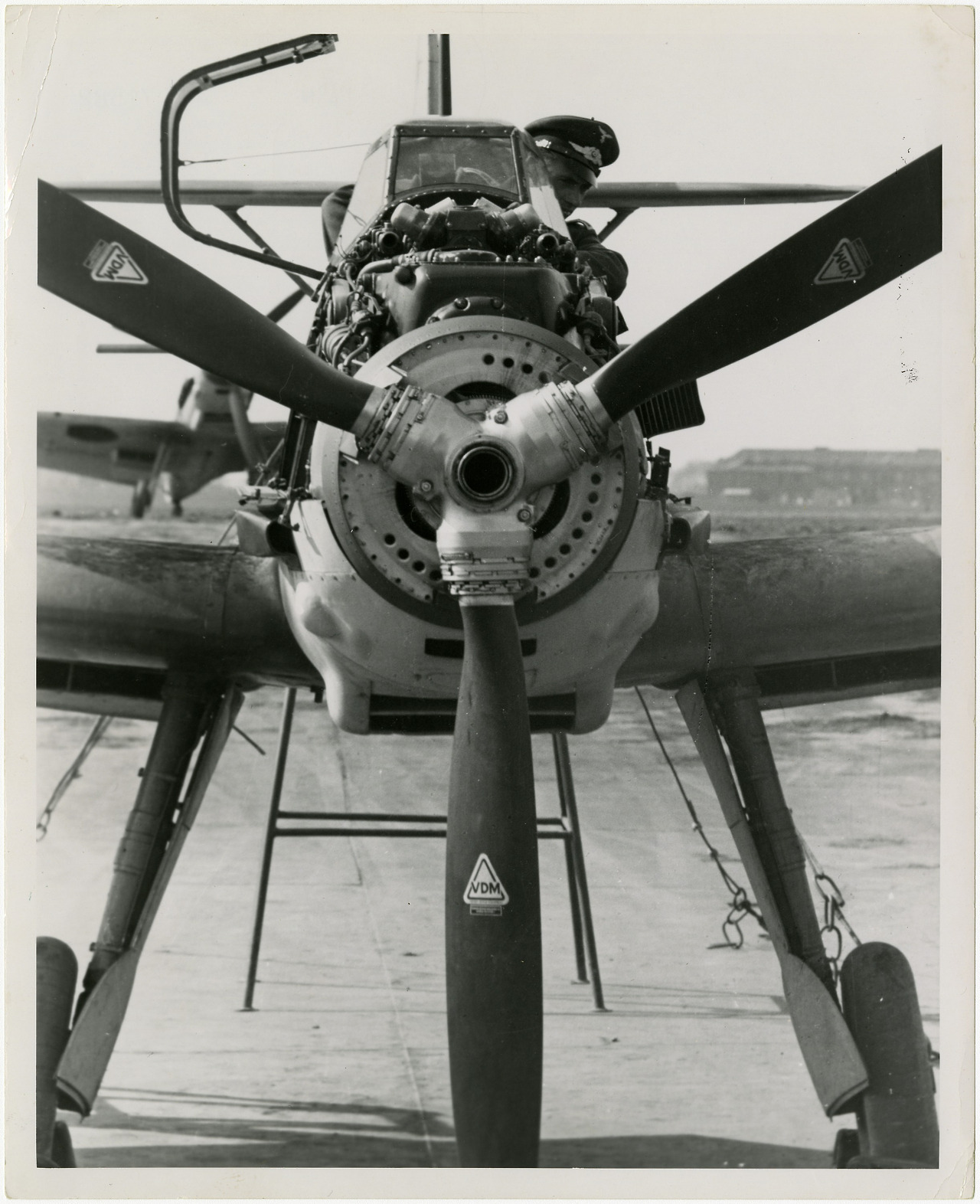
Me 109

Расстрел охраны лагеря Дахау.
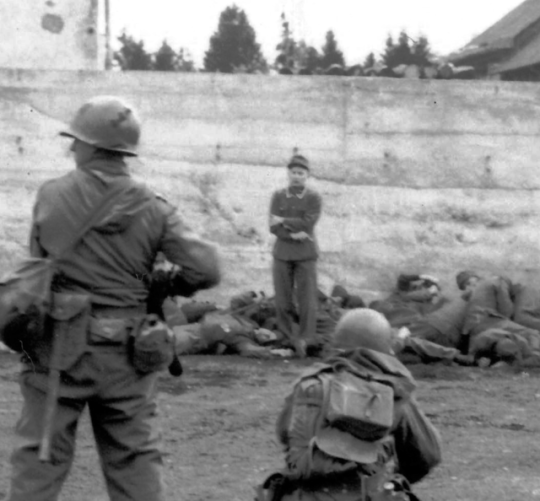


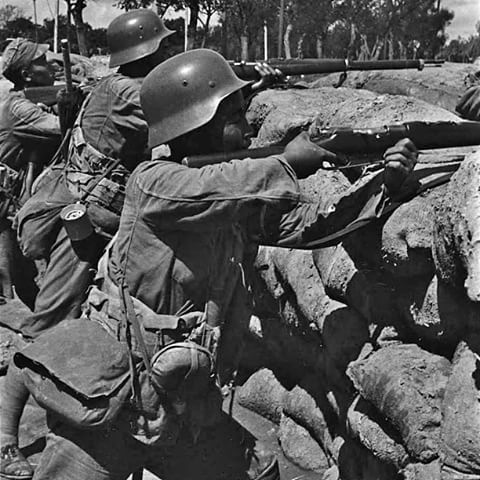
Early production of the Hanyang 88 were exact copies of the Gewehr 88 in every way. In 1904 some improvements were made. First the barrel jacket was removed, a feature which Germany had refused to do away with. Secondly the sights were replaced with more modern sights based on that of more modern Mauser rifles. Finally a wooden handguard was added.



View from the turret of a Panther Ausf. D of the 5th SS Panzer Division, trundling along the railway embankment to Kovel, Ukraine. Winter 1944
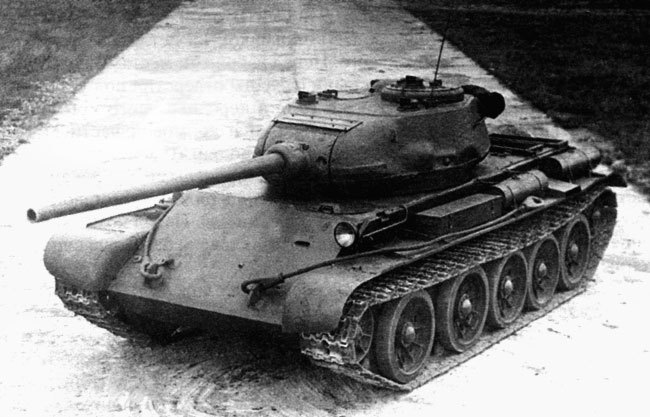
T-44
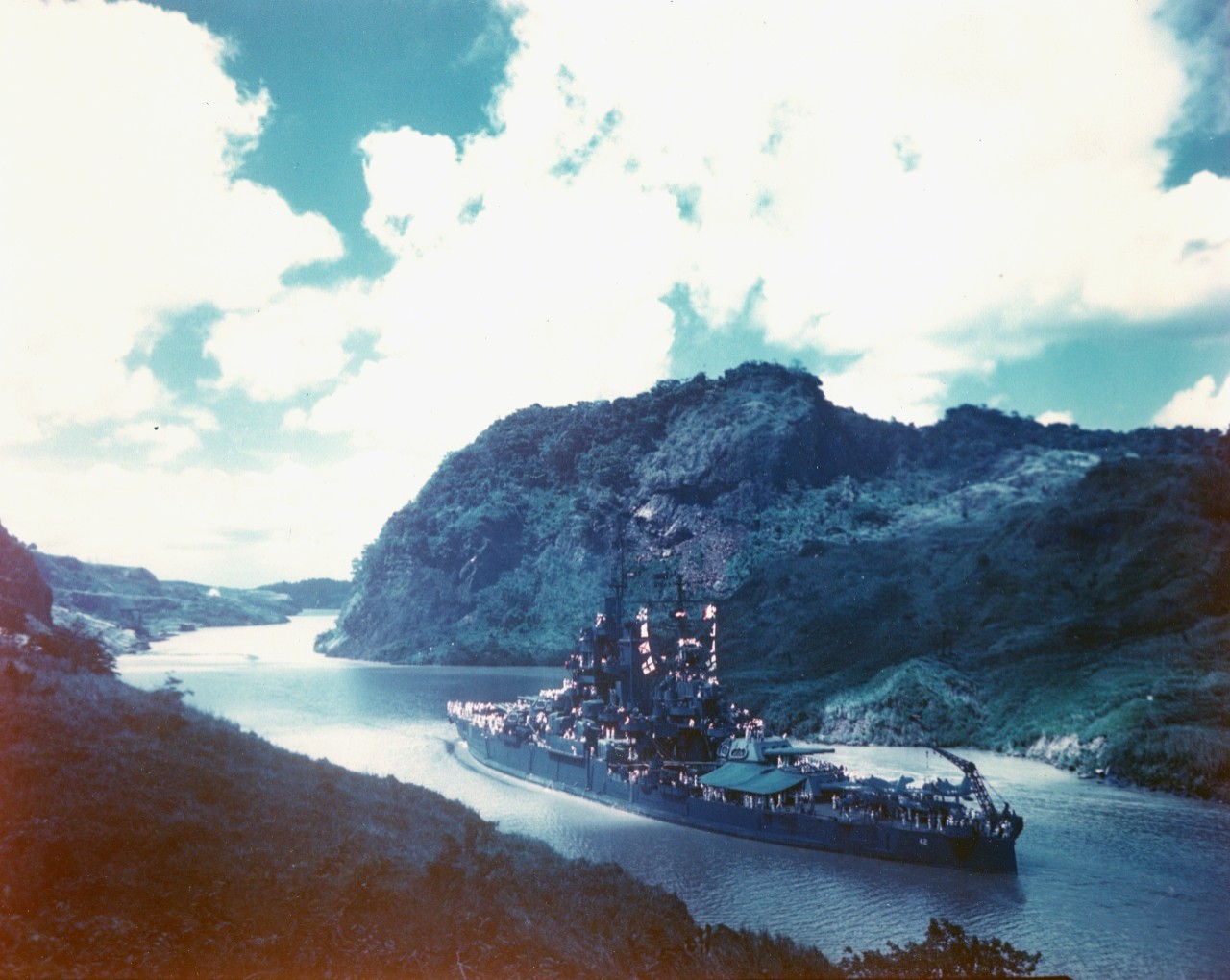
“USS Idaho (BB-42) steaming through the Panama Canal, en route to the U.S. east coast for Navy Day celebrations in October 1945.” (NHHC: 80-G-K-6572)
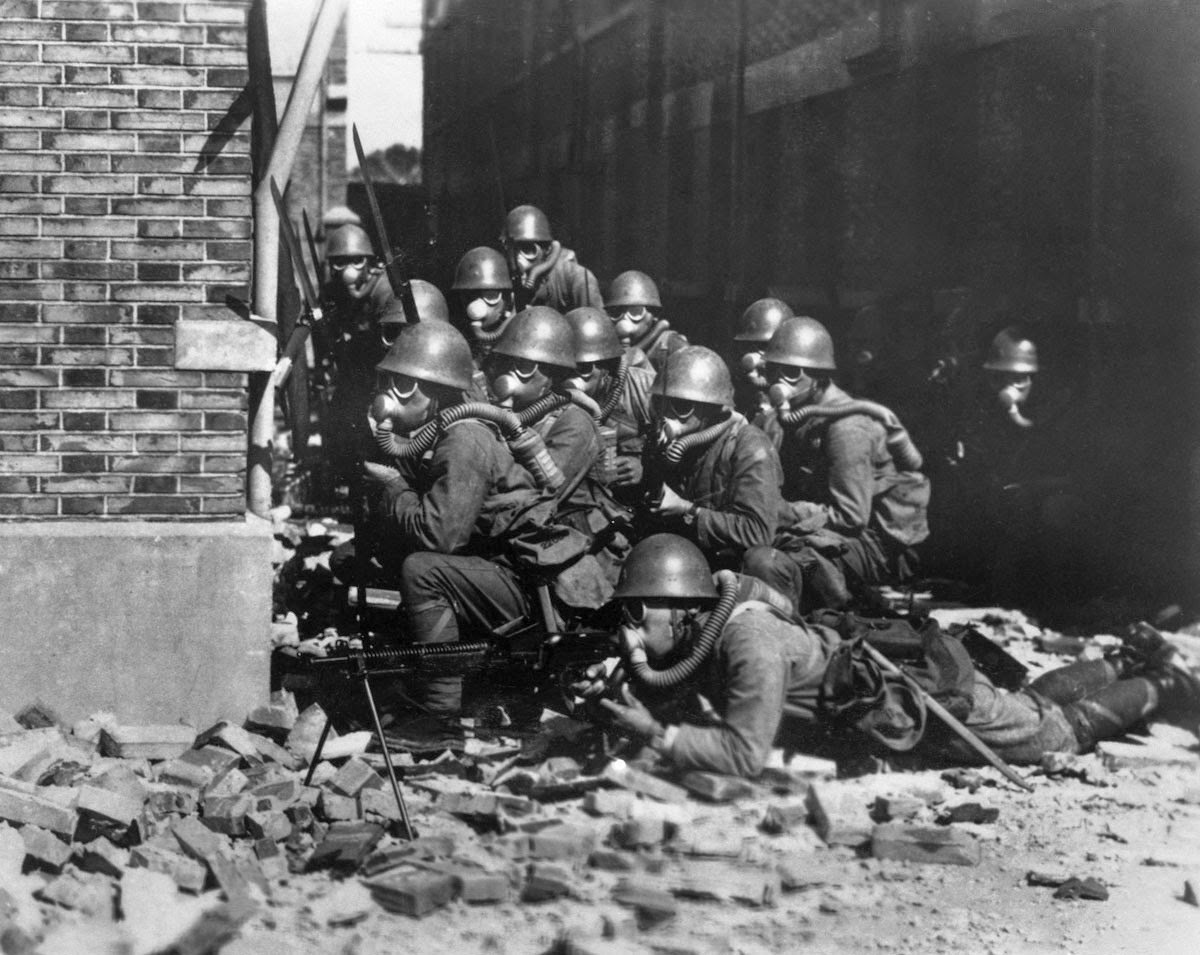
Japanese Special Naval Landing Forces with gas masks and rubber gloves during a chemical attack, Battle of Shanghai, 1937
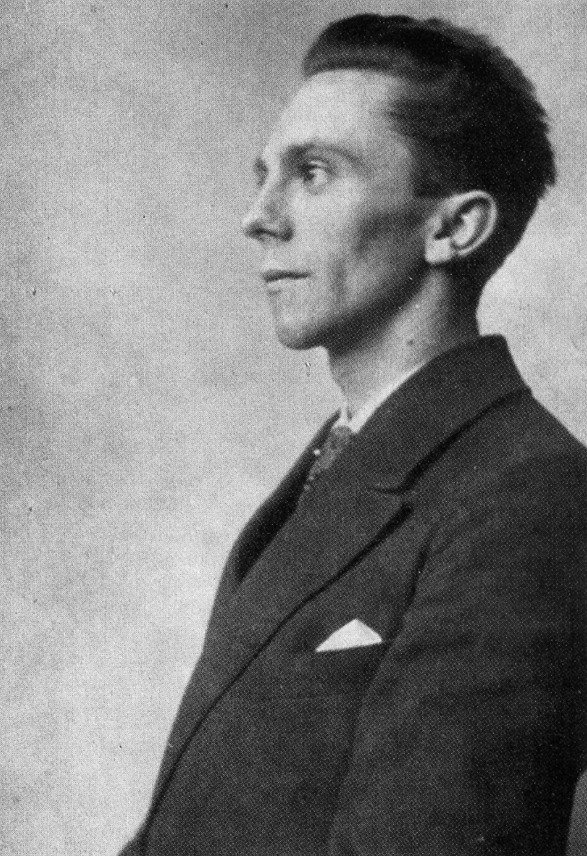
Угадаем? (1923)
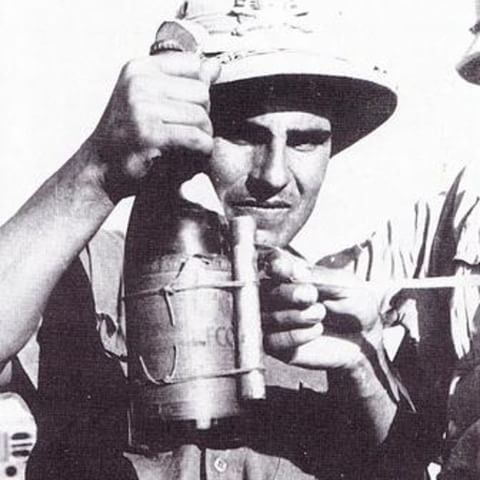
Italian anti-tank molotov bottle whose ignition system was a incendiary stick!
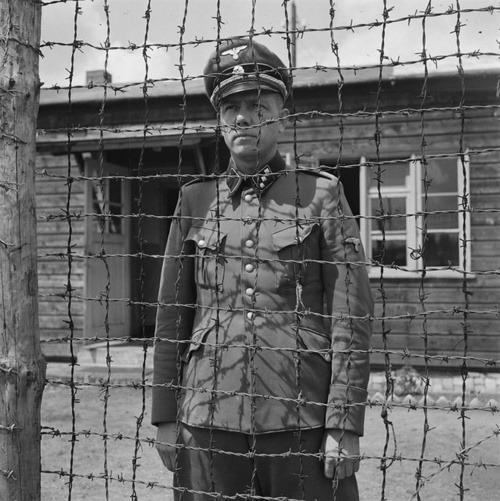
Camp commandant SS-Untersturmführer Karl Peter Berg stands under guard by two Dutch resistance fighters after their arrest at the Amersfoort concentration camp, May 1945.
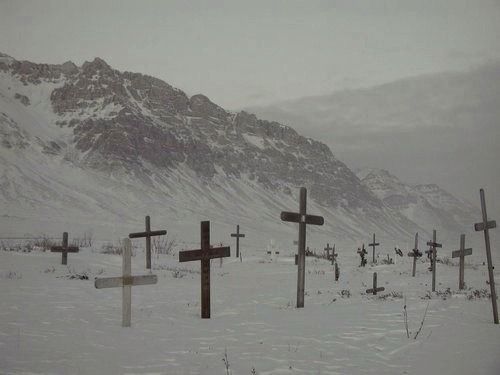

French trainers show a Senegalese battalion how to wear their gas masks.
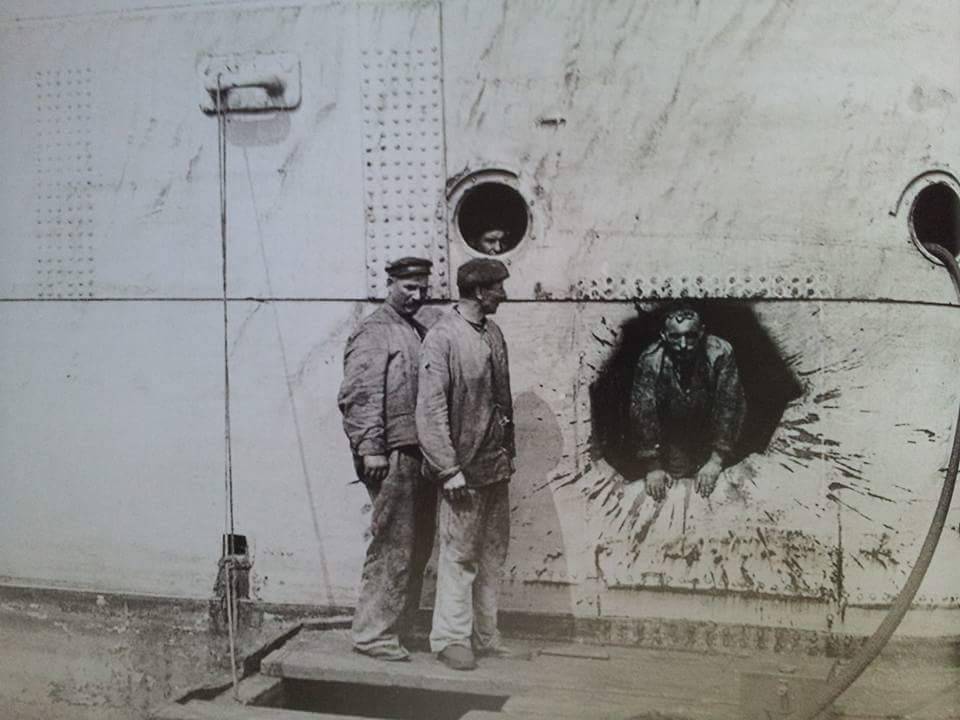
Hole on SMS Derfflinger





Комментарии
Все верно, только это конечно не 1945 год. Это снимок из очень большой серии, сделанной во французском городе Бон (Beaune) сразу после его освобождения, 8 сентября 1944 года. Командующий 1 французской армией генерал Латр де Тассиньи вручает знамя подразделению "Свободной Франции", состоящему из поляков. Эти поляки действительно, как говорится во французских архивах, были "насильно призваны в вермахт, но при удобном случае убили своих офицеров и перешли на сторону французов". Оттуда же:
Геббельс
RSS лента комментариев этой записи